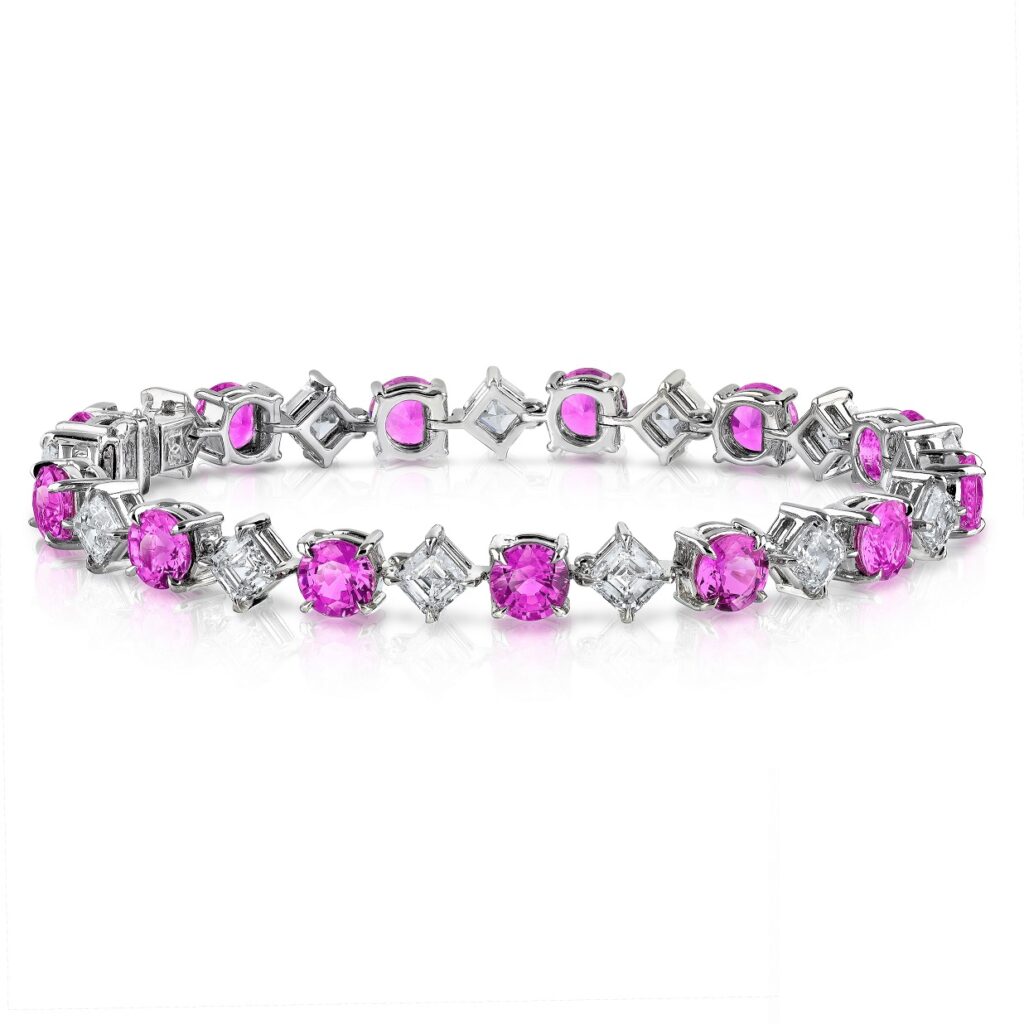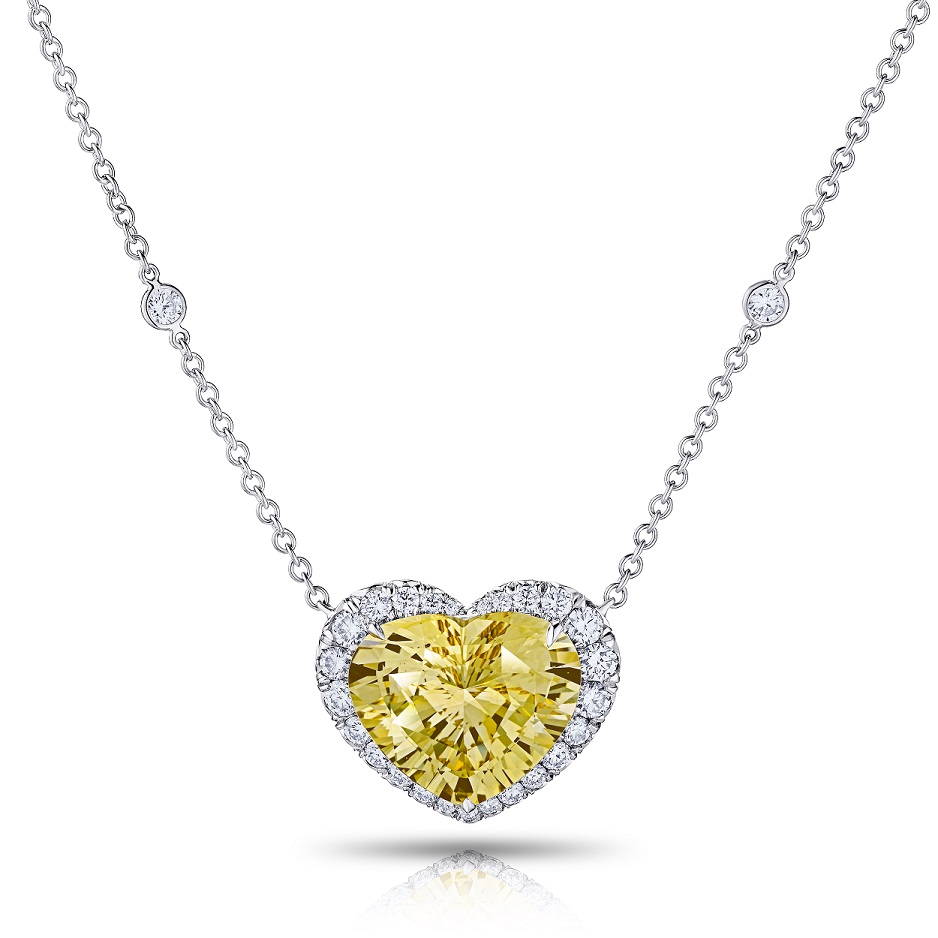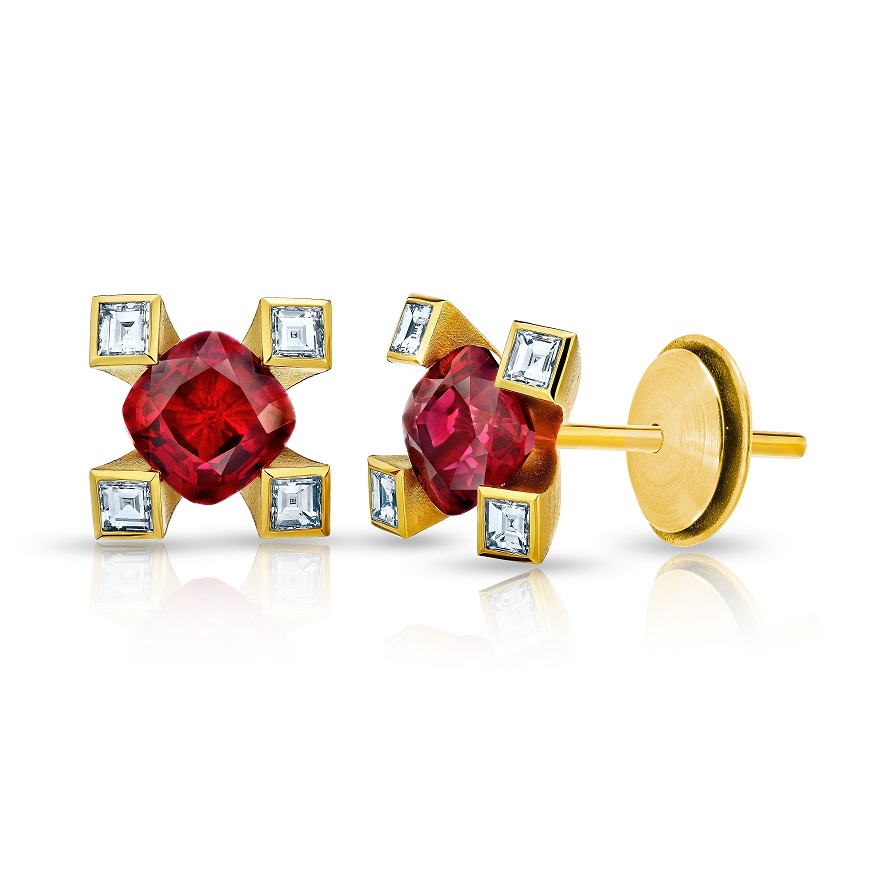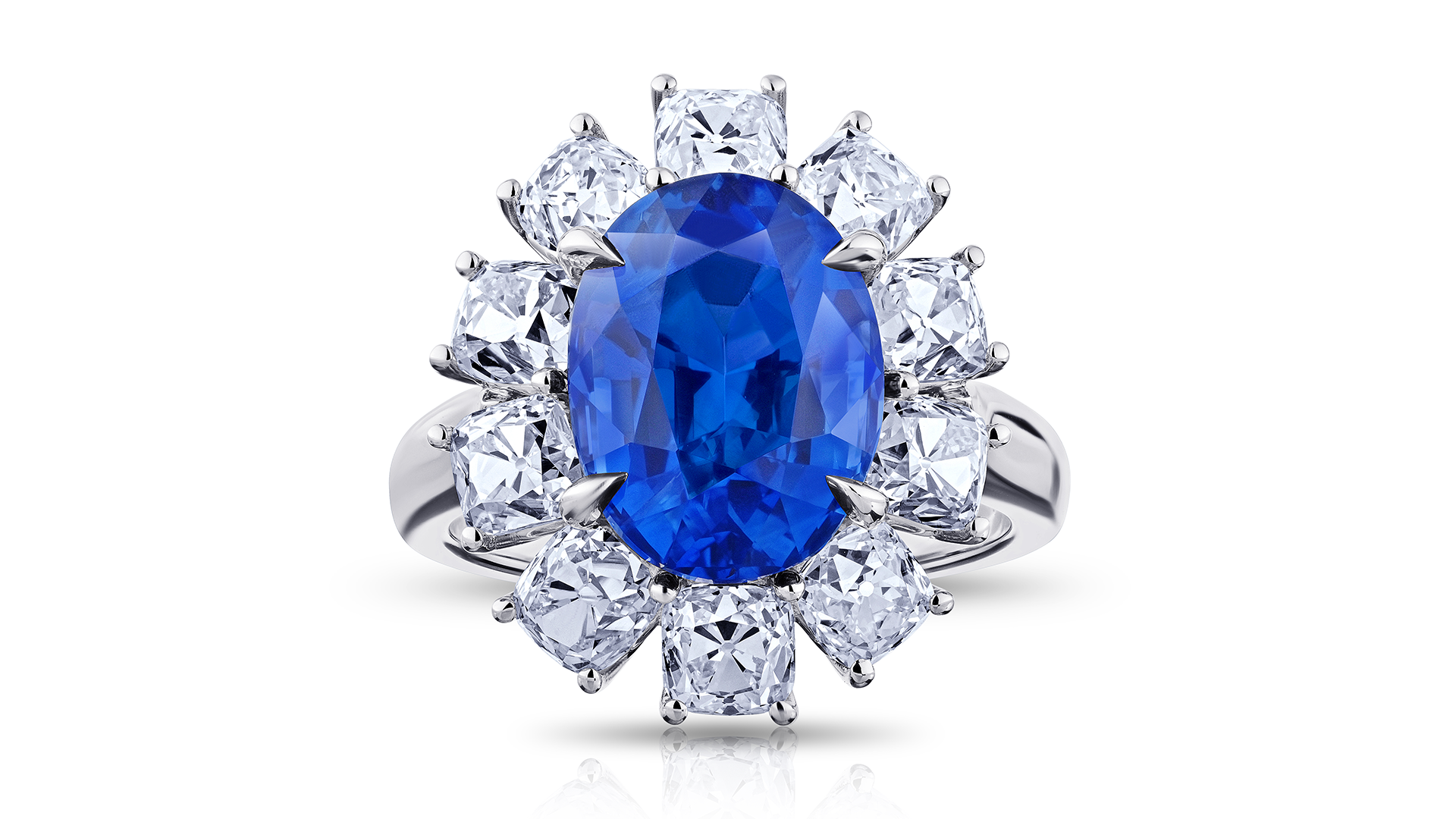With a watchmaker for a grandfather on his mother’s side of the family and a grandfather who was a diamond cutter on his father’s side, you could say that jewelry is in the DNA of David Gross. He started his firm, David Gross Group, 12 years ago after spending a number of years in the family business, MJ Gross a diamond manufacturing firm in New York City. While there, David made sales, purchased diamonds and designed diamond jewelry. After marketing and selling a 7-carat fancy intense orangey-pink diamond for MJ Gross, David found himself very intrigued by color. Colored diamond prices were soaring at the time, so David turned his attention to colored gemstones. He learned about colored gems on the job and says that the world of colored stones is so vast that he continues to learn something new every day. David found that most colored gemstone dealers focused on color saturation, brilliance, hue and origin of the stone. He noticed that none of them really put the emphasis on cut and clarity. David quickly discovered that when you put the emphasis on color and then focus on cut and clarity, the end result is something breathtakingly beautiful.
What criteria do you use to select your gemstones?

A stone has to talk to me. If it doesn’t talk to me, then it doesn’t come on to the table. Every stone has to have something compelling. Regardless of its color saturation it has to exude brilliance or we have to be able to bring it out of a stone. Traditionally the gemstone industry has focused on color saturation and brilliance of the stone, very little attention was being given to cut and clarity. When you do take that into account you end up with a superior product. I have to think about how a stone will look when it is set. And how does it look, will I be providing something of value to my customer?
What are the characteristics of a well-made piece of jewelry?

In my world the setting is there to enhance the stone. The center stone is the focal point and the side stones and design are there to enhance it. The side stones have to enhance not detract from the center stone or it’s not as attractive. The faceting of the side stones have to either match or contrast the center stone. A well-made piece of jewelry is one where the design flows throughout the piece. Components that are stiff will never have a good feel. The finish has to be very good. A truly well-made piece of jewelry is a sum total of hundreds of minute details.
What inspires your designs?

My biggest inspiration actually comes from customers. We do a lot of custom work. I ask customers to send me images of what inspires them, what intrigues them and then try to fulfill their dreams while enhancing the piece as well. I work with the concepts from the pictures they sent. I’m always looking for new ways to make a piece unique, or a bit different. I play with different diamond cuts for side stones and I’ve found that mixed cuts really pop the center stone. Since classic designs are most in demand we take our stock product and try to find ways to make each piece unique. Most of my bench jewelers say that it is more difficult to create a classic piece than something with a more intricate design because there is no forgiveness if something is off. I spend a lot of time arguing with bench jewelers about the angle and height of the side stones and I’m always pushing my cutters to get better brilliance out of a colored stone.
What should a person look for when buying a piece of jewelry?
I would like them to feel that their piece of jewelry is an extension of themselves. Jewelry is an expression of who you are. I like the idea of a person buying something that will be worn and enjoyed. What do you like? What feels special to you? A piece of jewelry is meant to be cherished and enjoyed.
Featured image (top of page): Blue sapphire, 7.43-carats framed with 4.10-carats of old mine diamonds, all set in platinum.
Authored by Amber Michelle
